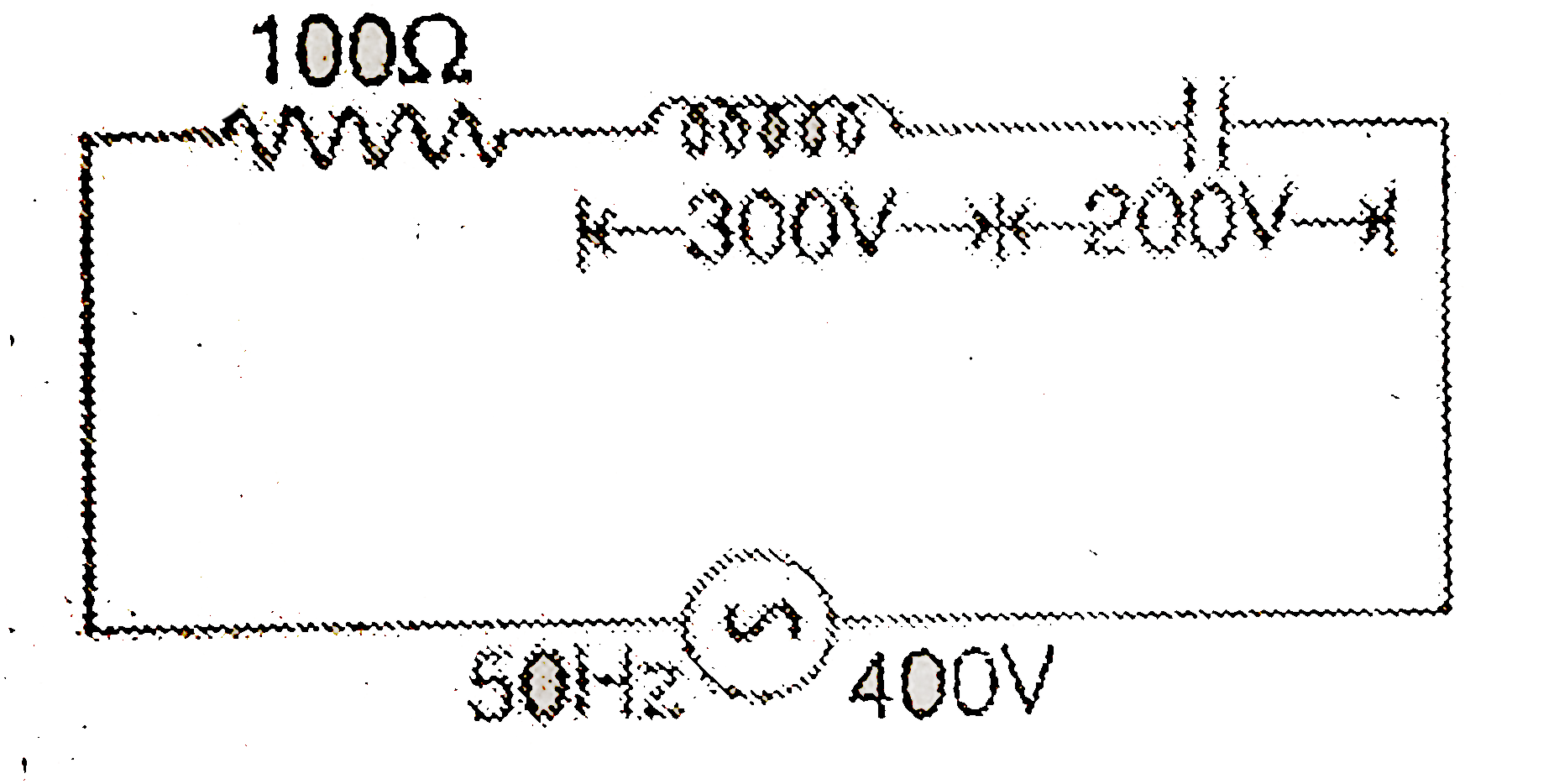The coefficient of mutual induction between two circuits is equal to the, emf produced in one circuit when the current in the second circuit is
kept steady at 1 A
cut-off ai 1 A level
changed at the rate of 1As−1
changed from 1As−1 to 2As−1
The correct Answer is:C
To solve the question regarding the coefficient of mutual induction between two circuits, we can follow these steps:
Step 1: Understand Mutual Inductance
Mutual inductance (M) is a measure of the ability of one circuit to induce an electromotive force (emf) in another circuit due to a change in current. When the current in one coil changes, it creates a changing magnetic field, which induces an emf in the second coil.
Step 2: Use the Formula for Induced EMF
The induced emf (E) in one coil due to a change in current in the other coil can be expressed using the formula:
E=−Mdidt
Where:
- E is the induced emf,
- M is the mutual inductance,
- didt is the rate of change of current in the first coil.
Step 3: Analyze the Given Information
According to the question, we need to find the coefficient of mutual induction when the current in the second circuit changes at a rate of 1 ampere per second. This means:
- didt=1A/s
Step 4: Relate Mutual Inductance to Induced EMF
From the formula:
E=−Mdidt
We can rearrange it to express mutual inductance:
M=−Edidt
Step 5: Substitute the Values
Since we are looking for the coefficient of mutual induction when the current changes at a rate of 1 A/s, we can substitute:
- didt=1A/s
Thus, the equation simplifies to:
M=−E
Step 6: Conclusion
The coefficient of mutual induction (M) is equal to the induced emf (E) produced in one circuit when the current in the second circuit changes at a rate of 1 ampere per second.
Final Answer
The coefficient of mutual induction between two circuits is equal to the emf produced in one circuit when the current in the second circuit changes at a rate of 1 ampere per second.
---
Mutual inductance (M) is a measure of the ability of one circuit to induce an electromotive force (emf) in another circuit due to a change in current. When the current in one coil changes, it creates a changing magnetic field, which induces an emf in the second coil.
The induced emf (E) in one coil due to a change in current in the other coil can be expressed using the formula:
E=−Mdidt
Where:
- E is the induced emf,
- M is the mutual inductance,
- didt is the rate of change of current in the first coil.
According to the question, we need to find the coefficient of mutual induction when the current in the second circuit changes at a rate of 1 ampere per second. This means:
- didt=1A/s
From the formula:
E=−Mdidt
We can rearrange it to express mutual inductance:
M=−Edidt
Since we are looking for the coefficient of mutual induction when the current changes at a rate of 1 A/s, we can substitute:
- didt=1A/s
M=−E
The coefficient of mutual induction (M) is equal to the induced emf (E) produced in one circuit when the current in the second circuit changes at a rate of 1 ampere per second.
The coefficient of mutual induction between two circuits is equal to the emf produced in one circuit when the current in the second circuit changes at a rate of 1 ampere per second.
Topper's Solved these Questions
- ELECTROMAGNETIC INDUCTIONBOOK - DC PANDEYCHAPTER - ELECTROMAGNETIC INDUCTIONEXERCISE - Taking it together
119 Videos
- ELECTROMAGNETIC INDUCTIONBOOK - DC PANDEYCHAPTER - ELECTROMAGNETIC INDUCTIONEXERCISE - Medical entrance special format questions
17 Videos
- ELECTROMAGNETIC INDUCTIONBOOK - DC PANDEYCHAPTER - ELECTROMAGNETIC INDUCTIONEXERCISE - Level 2 Subjective
20 Videos
- CURRENT ELECTRICITYBOOK - DC PANDEYCHAPTER - CURRENT ELECTRICITYEXERCISE - Medical entrances gallery
97 Videos
- ELECTROMAGNETIC WAVESBOOK - DC PANDEYCHAPTER - ELECTROMAGNETIC WAVESEXERCISE - Sec C
22 Videos
Similar Questions
Knowledge Check
In the circuit shown in figure current in the circuit is
 A1.27AB2.23AC4.26AD4 A
A1.27AB2.23AC4.26AD4 AAt the time of short circuit, the current in the circuit
Areduces substantiallyBdoes not changeCincreases heavilyDvaries continuouslyAt the time of short circuit, the current in the circuit
Areduces substantially.Bdoes not changeCincreases heavily.Dvary continuously.
At the time of short circuit, the current in the circuit :
View SolutionAt the time of short circuit, the current in the circuit :
View SolutionAt the time of short circuit, the current in the circuit :
View SolutionAt the time of short circuit, the current in the circuit
View SolutionAt the time of short-circuit, the current in the circuit:
View Solution
